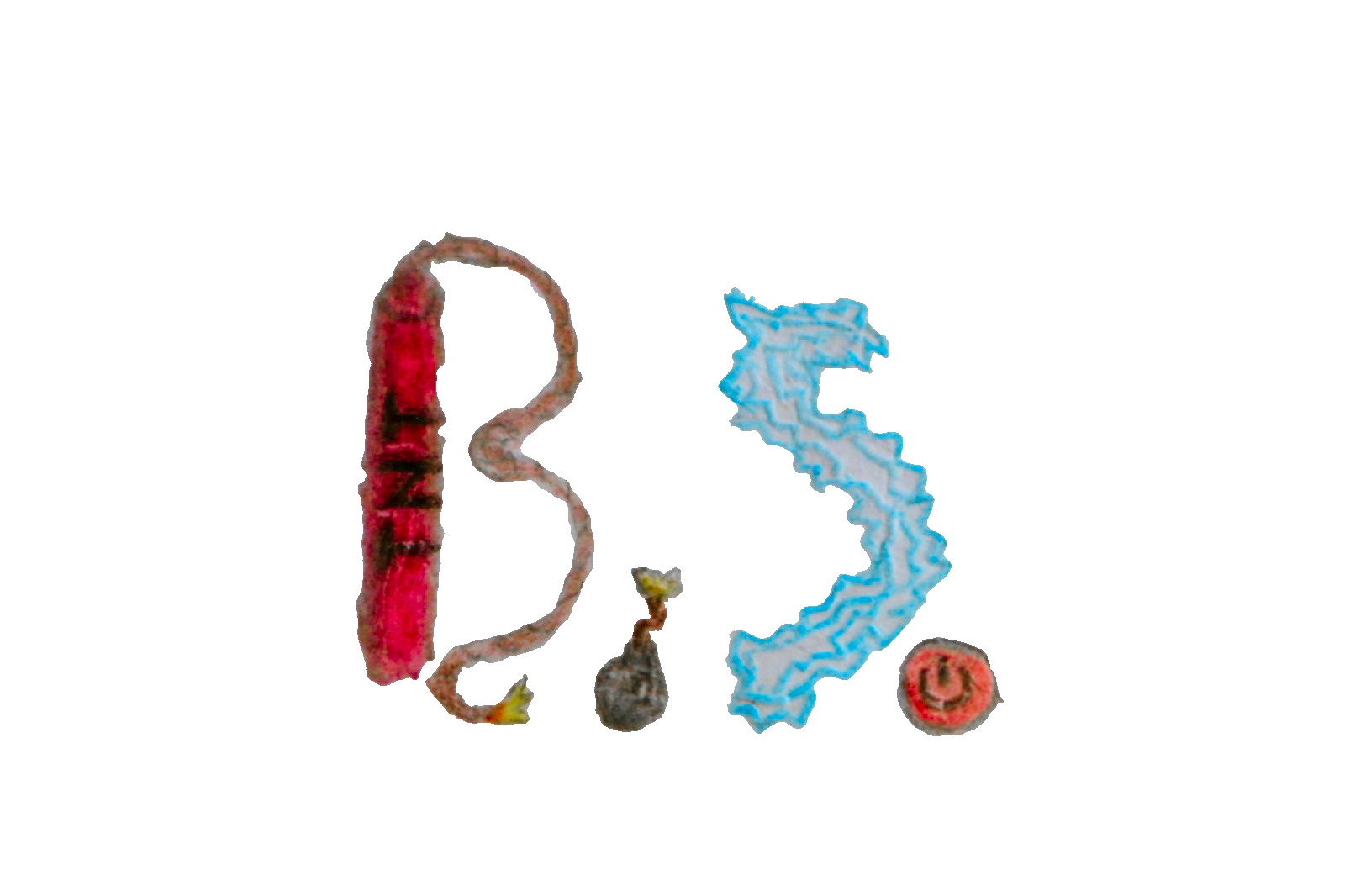I am shocked by this - the quote in below is very concerning:
“However, in 2024, the situation changed: balenaEtcher started sharing the file name of the image and the model of the USB stick with the Balena company and possibly with third parties.”
Can’t see myself using this software anymore…
♬ Hello
ddmy old friend
I’ve comesudowith you again ♬ 20·10 months ago
20·10 months agoHello cat or cp or pv… Or anything else that works with files
Huh this is news to me. Wonder why dd has been the defacto standard in guides everywhere for the past 15-20+ years
… and the sign said the bytes of the distro are written to the SD card …. if they’re un-tar’d …
If you need a FOSS, cross platform GUI for bootable USB sticks, Raspberry Pi Imager is a really good solution.
It is mainly used to flash SD cards for RPIs, but also you can burn any ISO on any support with it.I used to use the fedora media writer but the RPi imager software is so easy I switched
dd
Never understood why you would use anything else. It’s in coreutils!!!
There are people coming from Windows, which does not have
dd.“just” setting that up takes much longer than installing a small app to do it.
OK so keep using the small app that is reporting your usage activity
Or just dont use windows
Many won’t touch the command line.
I know, but just because someone doesn’t understand something or ignores it doesn’t mean it isn’t the best/simplest choice for 90% of cases.
Because GNU dd-rescue exists
It’s faster to drag and drop a downloaded ISO and choose the target from a dropdown, than do it on a command line. And get a progress bar. As much as command line is usually faster, it isn’t in this case.
Yes you can also get a progress bar on the command line but it’s more typing again, and realistically you need to look the option up every time if you use dd once every 3 months.
Lmao. Uses a computer, typing is too much. It took more typing to write your comment than to craft a tab-completed dd command, even if you had to call the help menu to refresh your available options, jus’ sayin’
I get it though, the general public are scared of the big bad 'puter magic and need GUIs.
Tab complete? Just ^R that shit!
Shhh, that’s too advanced. Besides, CLI is outdated and slower than GUIs, this is just insane behavior /s
I honestly didn’t even need to specify tab-completed. It’s still less typing than their comment unless your paths are miles long.
Let me try: Lmao. Uses a computer, still does stuff the slower way because learning new things is too difficult.
To be serious, I am looking for the best solutions for my use cases, not adequate ones. Yes dd works perfectly fine and as you noted doesn’t take long to use anyway. But just because it’s fine doesn’t mean other approaches aren’t better.
A GUI tool can offer or take a list of download URLs for common distros so downloading isn’t a separate step, it can check if the target device is a flash drive and not a hard drive by mistake, it can automatically choose the optimal block size for the device, it can verify the process by reading it back from the device, can show you the current filesystem, label, and usage of the target device to confirm, it can handle flashing to multiple devices at the same time with separate and total progress bars.
If I wanted to do all that on the command line it’d be quite a lot of commands or a sizeable script to write. Or I can use a simple dd command and lose out on all of the above. Either way it’s a worse option. I will only use dd when a GUI tool isn’t installed, or when I’m on a system without a DE.
We will have to agree to disagree.
At least you came back with reasons beyond “I don’t like typing.”
ETA: > learning new things is too difficult.
I could use this argument for folks that don’t want to learn CLI as well, doesn’t really track in either direction.
deleted by creator
deleted by creator
Is no one aware of Fedora Media Writer? It’s FOSS and the most trustworthy ISO burning software in existence. It’s only issue is that its named as if it is written only for producing Fedora bootable media. It works for everything.
Opensuse has one too. And dd exists for the brave or the foolish
The article at the end mentions they suggest dd as alternative for MacOS (due to Unix user space). It seems the balena -> rufus decision is about the easiest-onramp Mac+Win-portable option, for those uncomfortable dropping to low-level device-writing CLI tools in their current system.
Side-note: Last time I was on a friend’s Windows I installed dd simply enough both as mingw-w64 (native compiled) and under Cygwin. So for Windows users who are comfortable using dd it only requires a minor step. When I once used WSL devices were accessible too, but that was WSL1 (containerized), whereas WSL2 (virtualized) probably makes device-mapping complex(?) enough to not be worth it there.
WSL2 has relatively easy (a few powershell commands iirc) device mounting, provided you aren’t trying to mount C: or the windows install drive (not necessarily the same).
Thanks, that’s good to know, but for raw-writing a bootable image to a device do you (or anyone reading) know if there are also straightforward powershell commands for mapping devices at the block level? (as opposed to mounting at filesystem level)
I dunno… I just use dd.
cat works perfectly fine too 👌
Eh, I prefer being able to specify block sizes, to maximize the throughput.
Seeing progress, too
Or gnome disks, which also adds an “open with ‘write to drive’” option to isos and images
Meh i find it slow.
I remember a while back, years before this surfaced, there was a thread on /g/ with a group photo of Balena’s employees and a caption like “why does it take so many people to develop an electron wrapper around dd”. Obviously it was low effort engagement bait (balena does much more than etcher), but the comments were full of people calling the company a glowie honeypot and the like. Moral of the story: Trust the schizos, they sense spyware form lightyears away.
So tor is compromised?
Sudo dd if=tails.iso of=/dev/sdb
bash: Sudo: command not found
Lol, nice one
Sudontplease :P
Ah, a
doasuser, I see!Or working on a case sensitive system
Oh, damn, that was the joke!? Went right over my head lol
for Windows?
Install WSL
Install wsl lol.
Oh, sorry. I didn’t realize you were on Windows. That’s a Linux command. I haven’t used Windows very much since about 2018, so I don’t even consider Windows anymore unless it’s brought up.
The article was about Windows. And, no, I’m not on Windows. i use GrapheneOS on my phone and triple-boot Arch/Debian/Fedora on my laptop. I’m just making the point that the article was about Windows so replying with UNIX commands doesn’t really make sense.
i still don’t understand why anyone would use etcher. it’s an electron wrapper over
dd. it’s 80MB where rufus is 1.5. when it appeared there were already other programs that did its job better.I like clicking buttons that have a text on them saying what they do instead of trying to memorize a gajillion terminal commands and flags where I have to enter more commands and flags to see what they do.
plus it’s some some sanity checks like not showing you your system drives. Or warning you when the drive you are about to nuke is suspiciously large and maybe not the usb drive you actually want to use.
This is basically the main feature. Stopping you from fatfingering the wrong drive
deleted by creator
use rufus.
I used it because that’s what the instructions on the Linux Mint website for creating a bootable USB stick from Windows say to do.
I have no clue what “electron wrapper”, “dd”, or “rufus” are. I’m trying to learn more, but can’t learn it all in one day.
weird that the installation guide is hosted on a separate website that hasn’t been updated in eight years. that’s irresponsible of them. anyway rufus is a better version of etcher that you can download for windows.
I’ve typically used Etcher when I have to write an ISO on Windows
use rufus.
Rufus is great! I worked with the maintainer to fix a bug in hardware they didn’t have and it was a very pleasant experience.
I tried belenaEtcher once on my Mac… And it seemed to me more like a spyware than an actual software, I was a bit confused and never used it again.
Happy user of Ventoy here
Good luck with the binary blob!
For some more context:
https://lemmy.one/post/19193506
💀💀 seems like dd commands and gnome’s MultiWriter might be the only ways to flash stuff on linux
I thought the binary blob thing was explained?
Basically UEFI booting requires shims and those need to be signed so the Ventoy author is re-using the ones from Fedora and OpenSUSE. This can be verified by comparing hashes, which the author of that comment shows how to do.
This whole thing seems to come down to people freaking the F out because they don’t understand how the software works and the Author of the software is currently PO’d off at the community and stopped answering questions.
The price of doing business with UEFI. There are ways around it but it works so fucking smooth. I’m down with it.
A reason was given but no source was provided, and their response to the question was very slow. I don’t trust it.
Last I heard it was also suspect: Ventoy source code contains some unknown BLOBs, still no word on the issue from the dev after months
deleted by creator
That’s… Interesting. I’ve been using Ventoy professionally for like… 2-3 years now and I’ve not once had an issue with daily use. Unironically like 2500-3000 uses without issue.
Here’s a wildcard people might not know about: Raspberry Pi Imager
I use it because it’s faster than Etcher and it also has a bunch of quick links to download popular images (mainly for RPI and other arm-based SBCs) in one click which is handy if you use those regularly.
Wow, I was not aware of that. I really liked balena. Thankfully, I haven’t been using it since installing Mint.
deleted by creator
deleted by creator
deleted by creator
Can always use dd but I always go stupid when I need to set boot flags and all that crap, which is so much easier with etcher. I think I’ve done dd with gparted in the past.
i’ve never needed to set a single flag with dd. i just do
if=the_iso of=the_disk. what flags?Don’t you need to mark usb disks as bootable if you want to boot from them to install Linux or whatever
that’s not something i’ve ever had to do, i’ve only done that for hard drives.
i think it depends on the image you get - for archlinux you can simply cat (or dd) the file onto a usb stick and it works perfectly fine, bootable. but i think i have seen an image at some point where it didn’t work, but i don’t recall what it was.
It won’t depend. I think it’s because back in the day we never had an easy way to force boot a device, if a device wasn’t flagged as bootable it wouldn’t boot
deleted by creator
https://circle.gnome.org/? Never tried their ISO software, I just use dd.
Linux mint factory USB creator just right click and make bootable.
















